The Heartbreakers weren’t Tom Petty’s first band, although they did include Mike Campbell and Benmont Tench, two of the members of his early group of boyhood friends who were in Mudcrutch, one of his early bands in his hometown of Gainesville, Florida. The band outgrew the local scene quickly, were offered a contract with Shelter Records, and fled to California hoping to record hits. But after releasing one single that went nowhere, Mudcrutch imploded. Instead of cracking the charts, they fell apart—the way many short-lived bands do, acrimoniously. Tench and Campbell and the other Gainesville refugees went their separate ways, along with Petty. Soon after Petty began an ill-advised solo career and Tench started his own band with Mudcrutch leftovers. Attempts at new careers by Tench and Petty didn’t seem to look promising for the Gainesville friends. In fact, they were floundering in California, where dreams are born and die every day.
It was Tench’s idea to recruit Campbell and two other Hollywood-based Florida refugees for his band and Petty was invited to play harmonica at a recording session. Despite their history together, it was his idea that they form a new band. Petty wasn’t promoting himself—he was a never the type of guy to aggressively take over any scene—but talked the others into doing it. It wasn’t his harmonica playing that did the job. Maybe it was partly his songs that made him a potential star they could hitch their wagons to. As much as anything, it was because he controlled the Mudcrutch contact and it was easier for him to take the band they decided to call “The Heartbreakers” along with him into his record deal. Petty had some good songs, but no band. Besides, they already knew each other.
The sound that they put together as they began their evolution into Tom Petty and the Heartbreakers was part Byrds, part Dylan, part straight-ahead rock and roll, a touch of the Beatles, and part something indefinably new and fresh. It was a long shot but it was winning the bet. Not that it paid off immediately. Petty blamed the record company for Mudcrutch’s failure but Tom swallowed his pride and took over the contract in the name of his new band. Tench’s band might have been left at the starting gate had the newly christened Heartbreakers not been asked to open for Nils Lofgren on a British tour. England loved them and they soon got gigs there on their own. They had been going nowhere when they left the states but began to climb the British charts thanks to the tour. “American Girl” and “Anything That’s Rock and Roll” soon cracked the top forty singles list in the British Isles.
The band’s label finally began to pay attention to them after their success in the UK. Tom Petty and the Heartbreakers were proven hitmakers by the time they arrived home. “Breakdown,” which hadn’t made a ripple when it had been released in the US was re-released in 1977 and reached a semi-respectable No. 40 on the Billboard chart in 1978. While they were perfecting their live shows in the UK, their first LP earned them a gold record in the US and they were able to jumpstart what was to become a successful career.
Their second album from Shelter outsold their first and produced two popular singles. But their momentum was stalled when Shelter was sold to MCA. Petty tried to negotiate a new contract but succeeded only in becoming tied up in legal battles and going bankrupt in attempts to renegotiate their contract. This led to lengthy legal proceedings that left him bankrupt and depressed.
The group eventually signed with Backstreet Records, oddly enough a subsidiary of MCA. Their next record, Damn the Torpedoes, did well, selling two million copies and introduced songs like “Refugee” that became signature songs for the remainder of the band’s long career. It made them megastars. Their follow-up, Hard Promises, went platinum and its lead track, “The Waiting,” became their first No. 1 hit.
After the success of their next record, the band hit a rough patch. Petty’s marriage fell apart and his bandmates were feeling hamstrung by their own personal problems and frequent disagreements with their de facto leader.
Looking for a fresh sound, the band worked with a new collection of name producers like Dave Stewart of the Eurhythmics and Robbie Robertson of the Band. The overabundance of additional singers and musicians at the sessions made them sound not quite like themselves. It was a crowded, chaotic, and frustrating series of sessions for everyone involved. Somehow, despite the bitterness, disappointment, and infighting, the album became one their best, Southern Accents.
To honor one of their musical heroes, Petty and the boys signed on as Bob Dylan’s backup band on a summer tour. They returned to the studio to record Let Me Up (I’ve Had Enough), which resulted in a rather mediocre mess of a record, especially when compared to earlier achievements. Someone remarked that Petty sounded like he was Roger McGuinn trying to sound like Bob Dylan.
Petty’s alliance with Dylan did have one good result for them both. It led to a spirited, successful and unexpected collaboration among Dylan, Petty, George Harrison, Roy Orbison, and Jeff Lynne of ELO, the least familiar face in the ad hoc band that they named the Traveling Wilburys. It soared to No. 3 on the charts, went triple platinum, and was given the Best Rock Performance Grammy. It was the most fun any of them had in years.
Reinvigorated, Petty recorded his first solo album, produced by fellow Wilbury, Jeff Lynne. It yielded an enduring Tom Petty classic, “I won’t Back Down.” The album went multiple-platinum. Tom Petty was back in the groove.
After his solo success, Petty signed with Warner Bros., teamed with celebrated producer Rick Rubin and had a second hit solo album with Wildflowers in 1994., which nearly equaled the achievements of Full Moon Fever. It’s fitting that one of its tracks was called “It’s Good to Be King.” After reuniting with most of the Heartbreakers to record a soundtrack album for a film, Petty backed Johnny Cash on Unchained, divorced after 22 years of marriage, and developed a heroin addiction that almost ended his long career.
Tom Petty and the Heartbreakers somehow managed to keep grinding it out, despite personal problems, played 20 sellout shows at the Fillmore West, and returned to the studio with Rick Rubin to produce Echo, a top ten album, and pick a fight with his record company, something he has done periodically over the years, by siding with music fans against the record labels and threatening to call the album “$8.99” after the price he had told the record company he wanted them to sell it for. Petty won the fight.
In the 2000s, Petty got his personal life together, kicked his heroin habit and married for the third time, complained about record companies on the Heartbreakers’ 11th album, and, inevitably, Tom Petty and the Heartbreakers were invited to join the Rock and Roll Hall of Fame.
After another hit solo album, Highway Companion, produced this time by Jeff Lynne, Petty reunited with the Heartbreakers again for a tour commemorating their 30th anniversary. In 2008, they did the halftime show at the Super Bowl.
With nothing much left to accomplish, Petty reformed Mudcrutch and recorded their planned first album, over 30 years after they had conceived it. He did more tours with Heartbreakers, released a live album, recorded a 13th album with the Heartbreakers, Hypnotic Eye, which became their first ever No. 1 album.
Tom Petty’s music epitomizes mainstream heartland music over the past several decades. It is popular music that seems to cross all boundaries and draw people together. Rooted in the working class like Bruce Springsteen’s, but less political in the narrow sense, he made American rock that was familiar but still fresh. Like Bruce or maybe John Mellencamp, another old school rocker, Petty’s music works best when striking a chord that goes beyond the musical riff, a seductive melody, or catchy words. It is based on building songs that are both personal and universal, sturdy as field hollers you can dance to or folk songs you might play on a back porch. Finally, they are archetypes of rock and roll, as much the music of the people who grew up loving it.
Tom Petty and the Heartbreakers celebrate their 40th-anniversary this year, with two vinyl box sets that comprise their entire studio catalog. It’s a fitting tribute to a great band with a singular leader, all of them survivors, all of them musicians who live to make music for us all.
It was Tench’s idea to recruit Campbell and two other Hollywood-based Florida refugees for his band and Petty was invited to play harmonica at a recording session. Despite their history together, it was his idea that they form a new band. Petty wasn’t promoting himself—he was a never the type of guy to aggressively take over any scene—but talked the others into doing it. It wasn’t his harmonica playing that did the job. Maybe it was partly his songs that made him a potential star they could hitch their wagons to. As much as anything, it was because he controlled the Mudcrutch contact and it was easier for him to take the band they decided to call “The Heartbreakers” along with him into his record deal. Petty had some good songs, but no band. Besides, they already knew each other.
The sound that they put together as they began their evolution into Tom Petty and the Heartbreakers was part Byrds, part Dylan, part straight-ahead rock and roll, a touch of the Beatles, and part something indefinably new and fresh. It was a long shot but it was winning the bet. Not that it paid off immediately. Petty blamed the record company for Mudcrutch’s failure but Tom swallowed his pride and took over the contract in the name of his new band. Tench’s band might have been left at the starting gate had the newly christened Heartbreakers not been asked to open for Nils Lofgren on a British tour. England loved them and they soon got gigs there on their own. They had been going nowhere when they left the states but began to climb the British charts thanks to the tour. “American Girl” and “Anything That’s Rock and Roll” soon cracked the top forty singles list in the British Isles.
The band’s label finally began to pay attention to them after their success in the UK. Tom Petty and the Heartbreakers were proven hitmakers by the time they arrived home. “Breakdown,” which hadn’t made a ripple when it had been released in the US was re-released in 1977 and reached a semi-respectable No. 40 on the Billboard chart in 1978. While they were perfecting their live shows in the UK, their first LP earned them a gold record in the US and they were able to jumpstart what was to become a successful career.
Their second album from Shelter outsold their first and produced two popular singles. But their momentum was stalled when Shelter was sold to MCA. Petty tried to negotiate a new contract but succeeded only in becoming tied up in legal battles and going bankrupt in attempts to renegotiate their contract. This led to lengthy legal proceedings that left him bankrupt and depressed.
The group eventually signed with Backstreet Records, oddly enough a subsidiary of MCA. Their next record, Damn the Torpedoes, did well, selling two million copies and introduced songs like “Refugee” that became signature songs for the remainder of the band’s long career. It made them megastars. Their follow-up, Hard Promises, went platinum and its lead track, “The Waiting,” became their first No. 1 hit.
After the success of their next record, the band hit a rough patch. Petty’s marriage fell apart and his bandmates were feeling hamstrung by their own personal problems and frequent disagreements with their de facto leader.
Looking for a fresh sound, the band worked with a new collection of name producers like Dave Stewart of the Eurhythmics and Robbie Robertson of the Band. The overabundance of additional singers and musicians at the sessions made them sound not quite like themselves. It was a crowded, chaotic, and frustrating series of sessions for everyone involved. Somehow, despite the bitterness, disappointment, and infighting, the album became one their best, Southern Accents.
To honor one of their musical heroes, Petty and the boys signed on as Bob Dylan’s backup band on a summer tour. They returned to the studio to record Let Me Up (I’ve Had Enough), which resulted in a rather mediocre mess of a record, especially when compared to earlier achievements. Someone remarked that Petty sounded like he was Roger McGuinn trying to sound like Bob Dylan.
Petty’s alliance with Dylan did have one good result for them both. It led to a spirited, successful and unexpected collaboration among Dylan, Petty, George Harrison, Roy Orbison, and Jeff Lynne of ELO, the least familiar face in the ad hoc band that they named the Traveling Wilburys. It soared to No. 3 on the charts, went triple platinum, and was given the Best Rock Performance Grammy. It was the most fun any of them had in years.
Reinvigorated, Petty recorded his first solo album, produced by fellow Wilbury, Jeff Lynne. It yielded an enduring Tom Petty classic, “I won’t Back Down.” The album went multiple-platinum. Tom Petty was back in the groove.
After his solo success, Petty signed with Warner Bros., teamed with celebrated producer Rick Rubin and had a second hit solo album with Wildflowers in 1994., which nearly equaled the achievements of Full Moon Fever. It’s fitting that one of its tracks was called “It’s Good to Be King.” After reuniting with most of the Heartbreakers to record a soundtrack album for a film, Petty backed Johnny Cash on Unchained, divorced after 22 years of marriage, and developed a heroin addiction that almost ended his long career.
Tom Petty and the Heartbreakers somehow managed to keep grinding it out, despite personal problems, played 20 sellout shows at the Fillmore West, and returned to the studio with Rick Rubin to produce Echo, a top ten album, and pick a fight with his record company, something he has done periodically over the years, by siding with music fans against the record labels and threatening to call the album “$8.99” after the price he had told the record company he wanted them to sell it for. Petty won the fight.
In the 2000s, Petty got his personal life together, kicked his heroin habit and married for the third time, complained about record companies on the Heartbreakers’ 11th album, and, inevitably, Tom Petty and the Heartbreakers were invited to join the Rock and Roll Hall of Fame.
After another hit solo album, Highway Companion, produced this time by Jeff Lynne, Petty reunited with the Heartbreakers again for a tour commemorating their 30th anniversary. In 2008, they did the halftime show at the Super Bowl.
With nothing much left to accomplish, Petty reformed Mudcrutch and recorded their planned first album, over 30 years after they had conceived it. He did more tours with Heartbreakers, released a live album, recorded a 13th album with the Heartbreakers, Hypnotic Eye, which became their first ever No. 1 album.
Tom Petty’s music epitomizes mainstream heartland music over the past several decades. It is popular music that seems to cross all boundaries and draw people together. Rooted in the working class like Bruce Springsteen’s, but less political in the narrow sense, he made American rock that was familiar but still fresh. Like Bruce or maybe John Mellencamp, another old school rocker, Petty’s music works best when striking a chord that goes beyond the musical riff, a seductive melody, or catchy words. It is based on building songs that are both personal and universal, sturdy as field hollers you can dance to or folk songs you might play on a back porch. Finally, they are archetypes of rock and roll, as much the music of the people who grew up loving it.
Tom Petty and the Heartbreakers celebrate their 40th-anniversary this year, with two vinyl box sets that comprise their entire studio catalog. It’s a fitting tribute to a great band with a singular leader, all of them survivors, all of them musicians who live to make music for us all.
Tom Petty and the Heartbreakers kick off their 40th Anniversary Tour on April 20 in Oklahoma City and move through the summer with additional dates to be announced. For more information see www.tompetty.com.


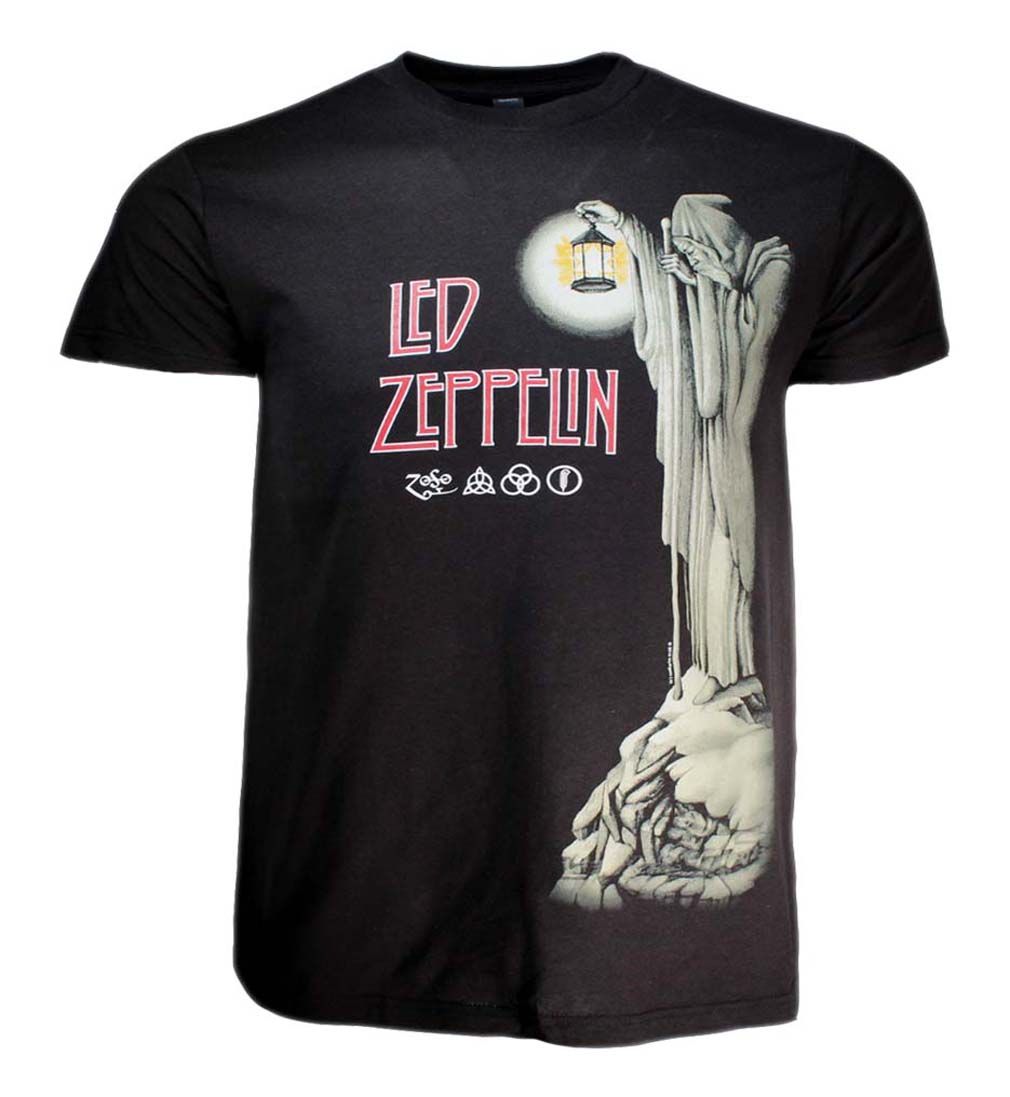
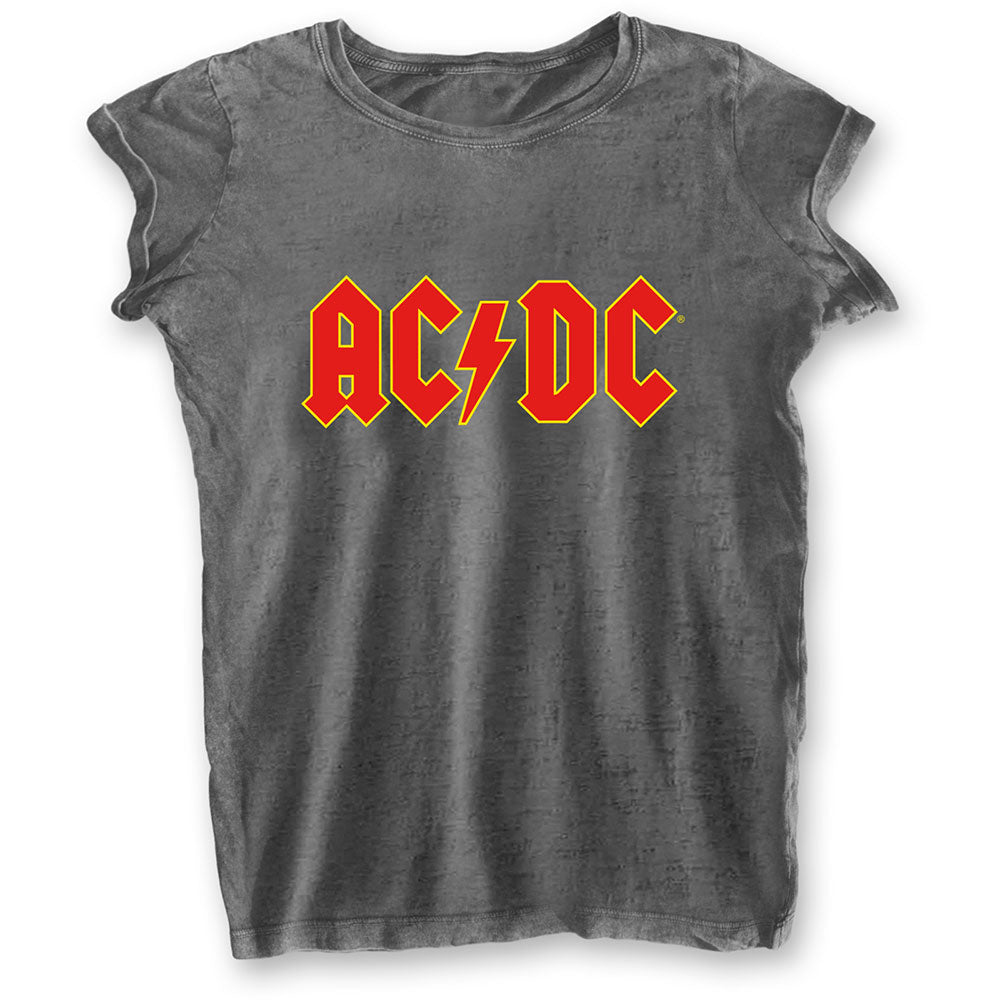







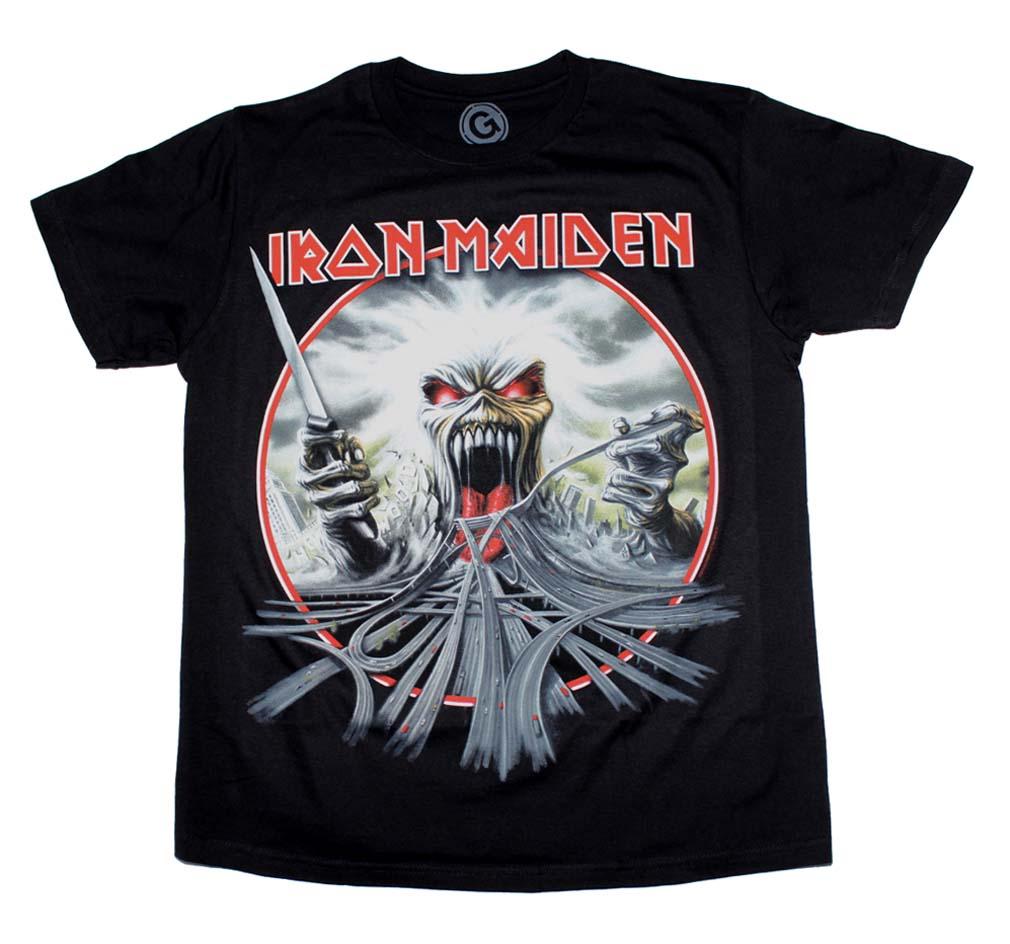
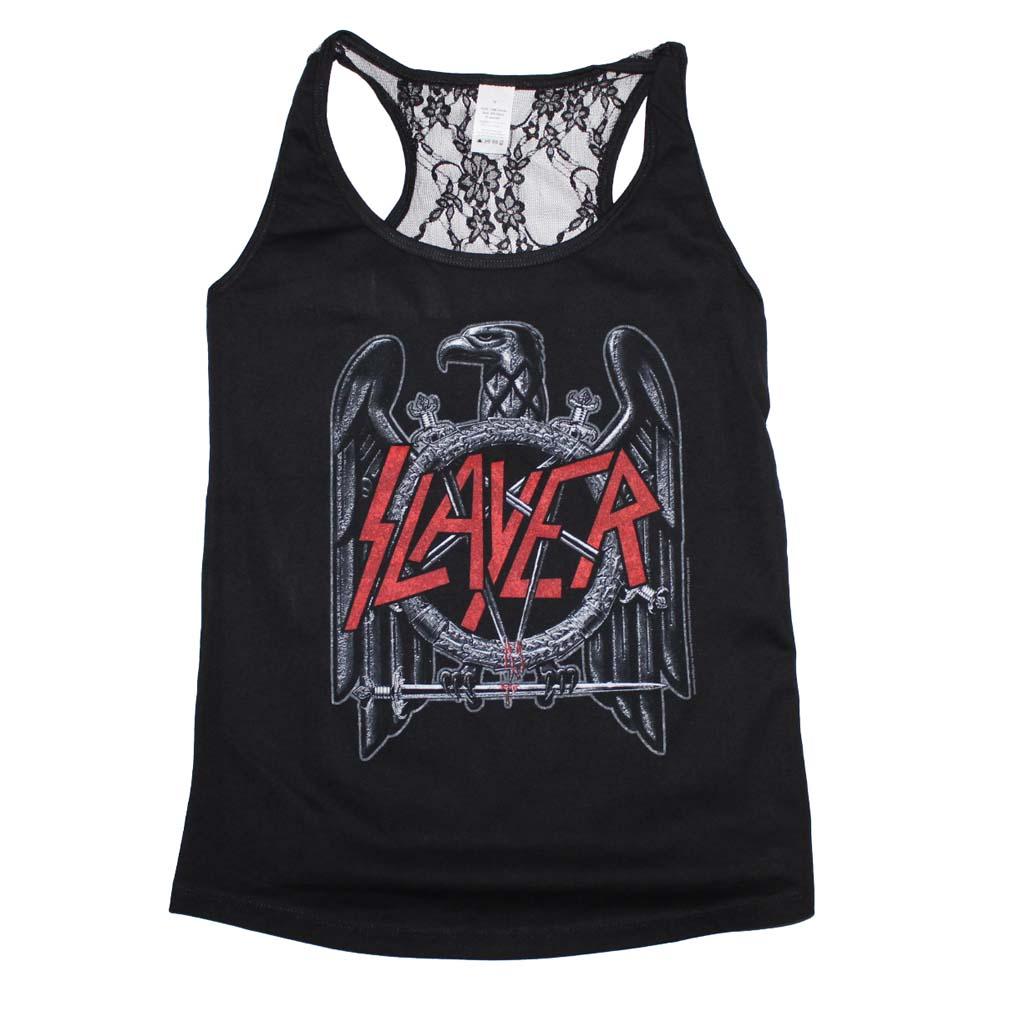

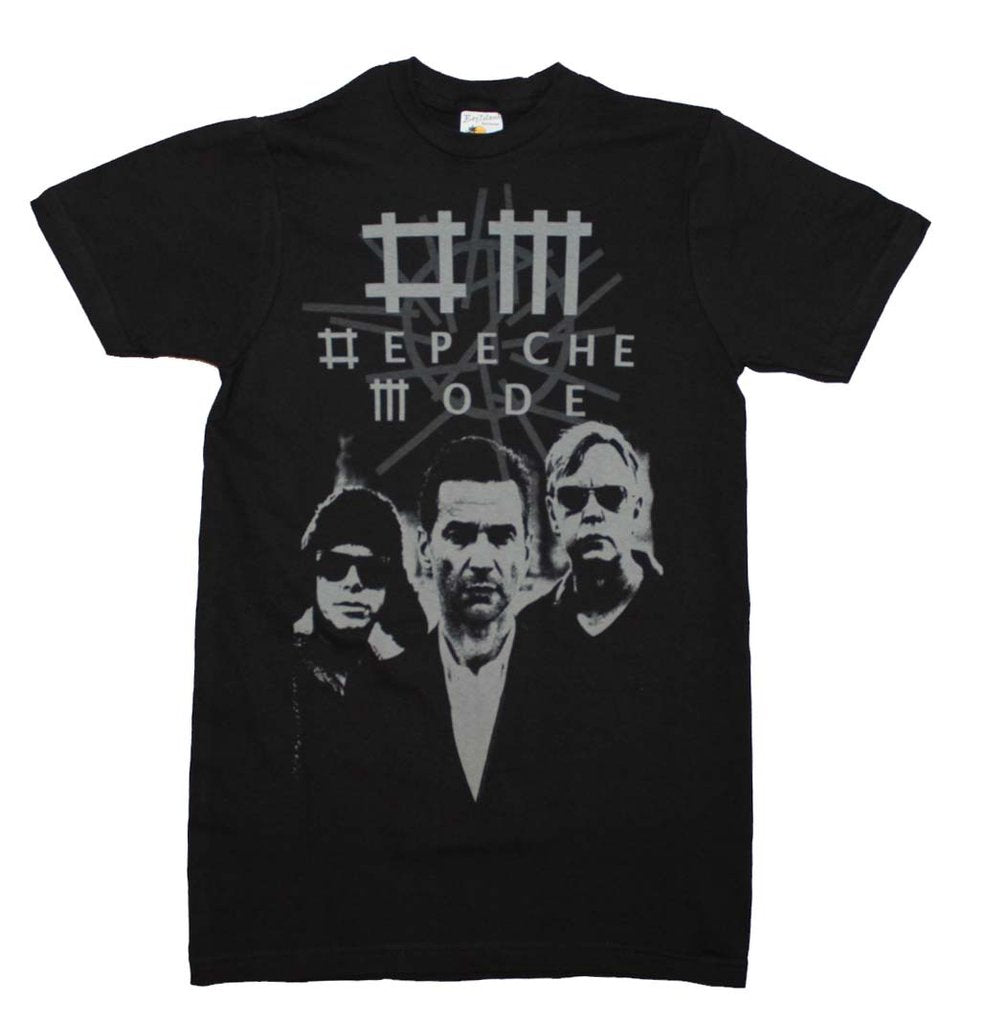

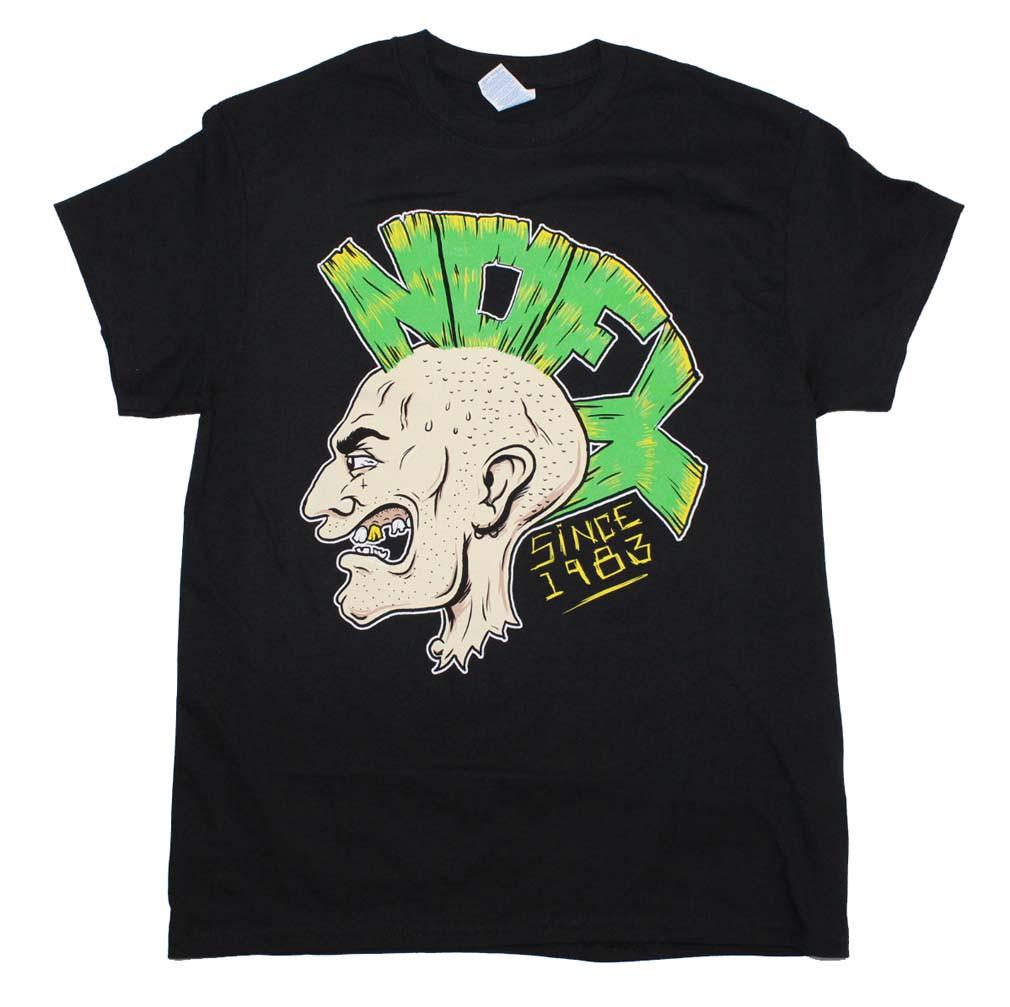

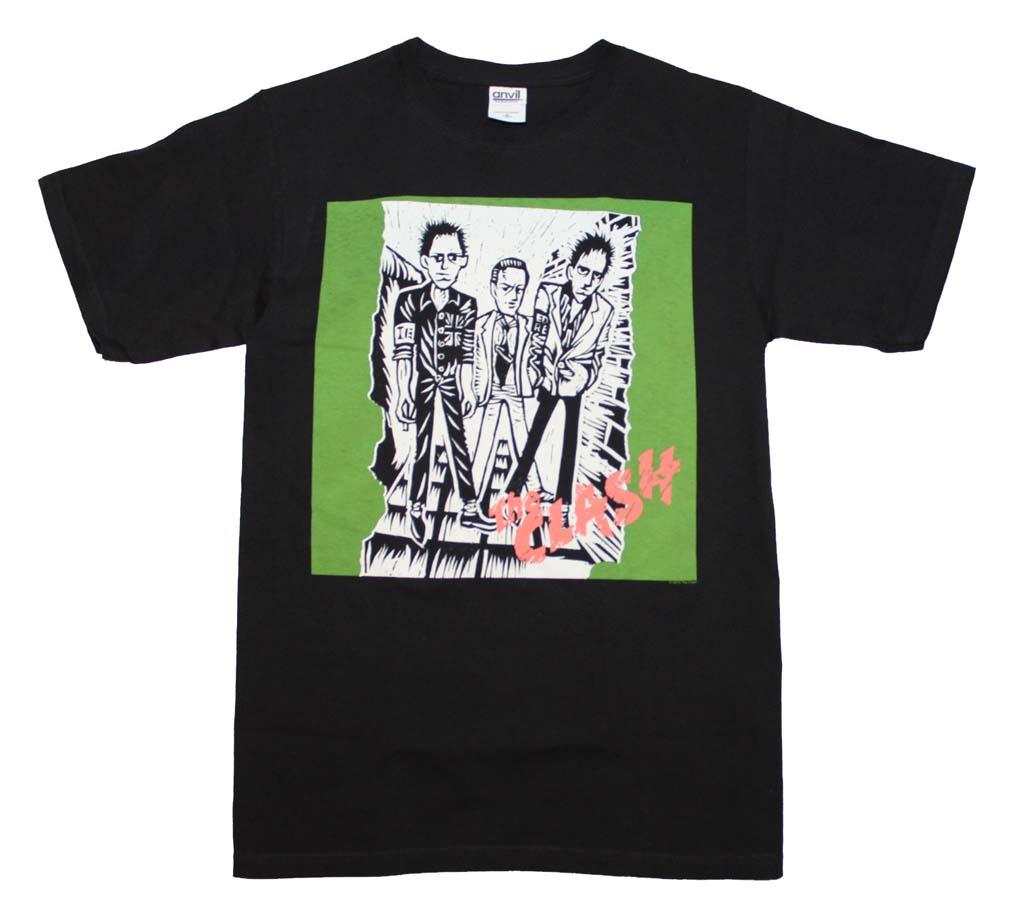

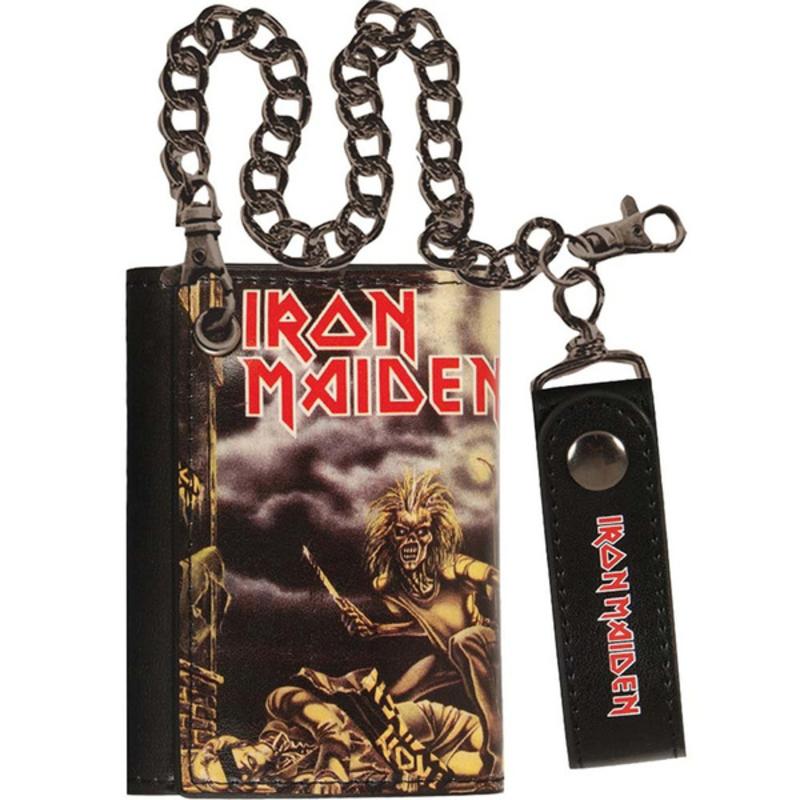


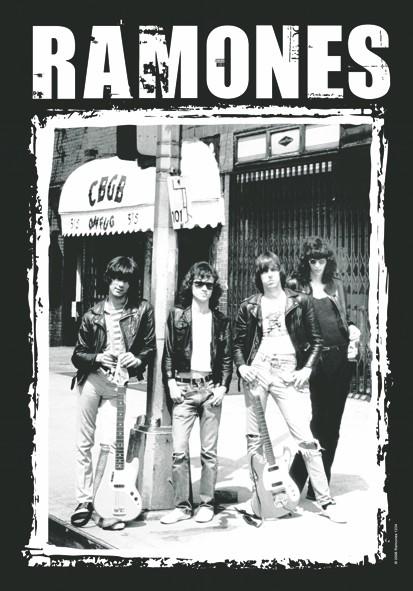
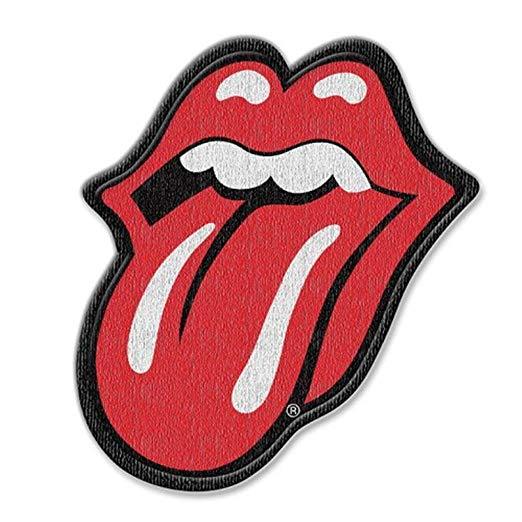

Comments
0 comments